
The global interest in Stem Cell Therapy (SCT) has surged, offering hope for conditions ranging from chronic joint pain and osteoarthritis to complex neurological disorders and autoimmune diseases. However, questions surrounding its safety, efficacy, and regulation remain paramount. Navigating the world of regenerative medicine requires expert guidance to distinguish between scientifically proven protocols and unproven, potentially risky treatments offered by unregulated clinics.
This comprehensive guide breaks down the essential facts, focusing on safety, scientific validation, cost comparisons in key medical tourism destinations—like Korea, Turkey, and Mexico—and how to secure the best, safest treatment options globally.
Key Takeaways
-
Stem Cell Therapy (SCT) is generally considered safe when utilizing autologous (patient's own) or well-characterized Mesenchymal Stem Cells (MSCs) and when performed in regulated, accredited facilities.
-
The primary risks are associated with unregulated clinics offering unproven protocols (often called "unregulated stem cell treatments") using minimally characterized, non-homologous, or excessively manipulated cells.
-
The only stem cell products currently FDA-approved in the U.S. are blood-forming (hematopoietic) stem cells for blood disorders. Most other uses are considered experimental and should only be undertaken in approved clinical trials or established international centers with rigorous oversight.
-
Cost savings in major medical tourism hubs are substantial compared to Western countries, making treatment accessible to many patients worldwide.
|
Country |
Approximate Cost Range (Single Protocol/Injection) |
Primary Benefit |
|---|---|---|
|
Mexico |
$3,500 – $15,000 USD |
Affordability, Proximity to the U.S., Focus on Orthopedics. |
|
Turkey |
$4,000 – $12,000 USD |
Advanced hospital infrastructure, comprehensive packages, rapid access. |
|
South Korea |
$10,000 – $25,000 USD+ |
World-leading research and high-grade cell processing technology. |
Understanding Stem Cell Therapy: Types and Mechanisms
Stem cell therapy is a form of regenerative medicine that uses the body's own or donated "master cells" to repair, replace, or regenerate damaged tissue; the safety profile largely depends on the cell source and the extent of cell manipulation.
Stem cells are undifferentiated cells capable of developing into many different cell types (differentiation) and self-renewal. When utilized therapeutically, they are injected into damaged areas to initiate the body's natural healing processes.
Types of Stem Cells Used in Therapy
The safety and efficacy profile of a treatment depends heavily on the source of the cells:
-
Mesenchymal Stem Cells (MSCs): The most common type used in non-hematopoietic therapy. They are multipotent (can differentiate into bone, cartilage, fat, or muscle) and are known for their potent immunomodulatory and anti-inflammatory effects. They are usually sourced from adipose (fat) tissue or bone marrow and are the basis for most regenerative orthopedic and autoimmune disorder protocols worldwide. MSCs are highly researched and typically carry a lower risk of tumor formation or rejection than pluripotent cells.
-
Hematopoietic Stem Cells (HSCs): These are the FDA-approved standard for treating blood cancers (like leukemia) and certain genetic disorders, commonly sourced from bone marrow or umbilical cord blood.
-
Embryonic Stem Cells (ESCs): Highly versatile (pluripotent), but their use is largely restricted to research due to complex ethical issues and a high, proven risk of teratoma (tumor) formation when injected into the body. Unregulated clinics sometimes misrepresent other cell types as having this dangerous level of pluripotency.
-
Induced Pluripotent Stem Cells (iPSCs): Adult cells genetically reprogrammed to an embryonic-like state. While revolutionary for research and drug testing, they are currently experimental and not approved for clinical treatment, presenting long-term safety questions.
Did You Know? The majority of credible medical tourism clinics specializing in regenerative treatments use Autologous (from the patient’s own body) or Allogeneic (from a healthy donor, typically derived from umbilical cord tissue) MSCs because of their robust safety profile demonstrated in numerous clinical trials.
Is Stem Cell Therapy Safe? Analyzing Risks and Side Effects
The procedure itself is generally minimally invasive, but safety depends entirely on the clinic's adherence to sterile protocols, the source of the cells, and the regulatory oversight in the country where the treatment is administered.
For procedures involving adult stem cells (MSCs) that are minimally manipulated, the risks are typically low and comparable to any localized injection or harvesting procedure. However, patients must be aware of both procedure-related and cell-related risks.
Potential Procedure-Related Risks
These risks are common to any invasive medical procedure:
-
Infection: Risk exists at the site of cell harvesting (liposuction or bone marrow aspiration) or the injection site. This is mitigated by using GMP-certified laboratories and strict sterile techniques.
-
Pain/Swelling: Temporary discomfort, bruising, or mild pain at the injection site is the most common side effect, usually resolving within a few days.
-
Bleeding: Minor bleeding or hematoma formation at the access point.
-
Nerve Damage: A rare risk associated with incorrect needle placement, particularly in joints or near the spine.
Potential Cell-Related and Long-Term Risks
These concerns primarily arise in unregulated clinics using heavily manipulated or unproven cell products:
-
Tumor Formation (Oncogenicity): This is the most serious concern. While rare with adult MSCs, it is a significant risk with pluripotent cells or cells that have been improperly cultured (grown) ex vivo to the point of genetic instability.
-
Immune System Rejection: This risk is eliminated with autologous treatments (using your own cells). For allogeneic treatments (donor cells), the risk is low with MSCs because of their unique immune-privileged status, but rejection remains a theoretical possibility if the cells are not properly screened.
-
Inappropriate Differentiation: The transplanted cells might migrate and develop into an unintended tissue type (e.g., bone growth where it shouldn't be).
-
Contamination: If the cells are processed in a non-sterile environment or by untrained technicians, the final product can be contaminated with bacteria or viruses, leading to severe systemic infection.
Regulatory Landscape and Unproven Treatments
Safety is synonymous with regulation; patients must strictly vet the regulatory environment of the clinic and the specific protocol offered to ensure it aligns with established medical and ethical standards.
The most significant danger in medical tourism is being misled by clinics that operate outside of established regulatory frameworks, offering experimental treatments without the oversight of a legitimate institutional review board (IRB) or government agency.
The FDA's Stance and International Rules
The U.S. Food and Drug Administration (FDA) has specific criteria for Human Cells, Tissues, and Cellular and Tissue-based Products (HCT/Ps). If a product is more than minimally manipulated or is intended for a function non-homologous (not related to the cell's original function), it requires FDA pre-market approval, similar to a new drug.
-
Mexico: Mexico (regulated by COFEPRIS) has become a global leader in regenerative medicine, largely due to its proximity to the US and its clear, albeit faster, path for clinical protocols than the FDA. Reputable clinics in Mexico adhere to strict Good Manufacturing Practice (GMP) standards and International Society for Stem Cell Research (ISSCR) guidelines.
-
Turkey: The Turkish Ministry of Health tightly regulates cell and tissue therapies. Turkey is known for its high-quality, JCI-accredited hospitals that utilize well-defined protocols, particularly in orthopedic and cardiovascular applications.
-
South Korea: South Korea has one of the world's most permissive and advanced regulatory environments for stem cell product development and commercialization, particularly for autologous use. They lead in advanced cell processing and technology, though this often translates to higher prices.
Expert Insight: Dr. Elias, a regenerative medicine specialist, states: "The core of safety isn't the cell itself, but the process. Any clinic promising a 'cure-all' using embryonic stem cells or uncharacterized solutions, especially for complex diseases, is a major red flag. Always ask for Standard Operating Procedures (SOPs) and Good Laboratory Practice (GLP) certification."
Who is a Candidate for Stem Cell Therapy?
Candidacy for SCT is determined by the specific medical condition, overall health status, and the type of cells required, necessitating a thorough initial consultation with an experienced physician.
Regenerative therapies are most commonly and successfully applied to conditions involving tissue degeneration, inflammation, or autoimmune dysfunction.
Common Indications for SCT
While research is ongoing, established international protocols often target:
-
Orthopedic Conditions: Osteoarthritis (knee, hip, shoulder), rotator cuff injuries, meniscal tears, and chronic tendonitis.
-
Autoimmune Diseases: Multiple Sclerosis (MS), Systemic Lupus Erythematosus (SLE), and Crohn's disease, where MSCs are used for their powerful immunomodulatory effect.
-
Neurological Support: Protocols for Parkinson's disease, Alzheimer's disease, and spinal cord injury are currently considered experimental but offered by specialized clinics under specific regulatory exceptions abroad.
-
Aesthetic and Anti-Aging: Hair restoration, facial rejuvenation, and scar reduction.
Exclusion Criteria
Patients are generally unsuitable for SCT if they have:
-
Active or recent cancer history (due to theoretical concerns about cell proliferation).
-
Active systemic infections or uncontrolled chronic diseases (like severe diabetes).
-
Unrealistic expectations about the results of the treatment.
The Cost of Stem Cell Therapy Globally
The cost of stem cell treatment varies dramatically based on the cell type, the volume of cells needed, the complexity of the administration, and the regulatory environment of the country; cost savings of 50–80% are common in medical tourism.
Patients seek treatment overseas primarily for access to cutting-edge procedures and significant cost reductions. While a single injection for knee osteoarthritis might cost $10,000–$20,000 in the U.S. or Western Europe, the price often covers a complete medical tourism package in Asia or Latin America.
Detailed Global Cost Comparison (USD)
The following table provides approximate ranges for typical SCT protocols. Note that complex treatments for conditions like MS or ALS requiring multiple infusions and high cell counts will fall at the higher end or exceed these ranges.
|
Procedure / Condition |
Turkey (Istanbul, Ankara) |
Mexico (Tijuana, Cancun) |
South Korea (Seoul) |
|---|---|---|---|
|
Orthopedic (Single Joint Injection) |
$3,500 – $6,500 |
$3,000 – $7,000 |
$7,500 – $15,000 |
|
Autoimmune (Systemic IV Infusion) |
$6,000 – $12,000 |
$8,000 – $16,000 |
$15,000 – $30,000+ |
|
Neurological (e.g., Multiple Sclerosis) |
$8,000 – $15,000 |
$10,000 – $20,000 |
$20,000 – $40,000+ |
|
Cosmetic (Hair or Facial) |
$2,000 – $4,500 |
$1,500 – $4,000 |
$4,000 – $8,000 |
|
Typical Package Inclusion |
Cell harvesting, cell culture/processing, administration fees, hospital stay (1-2 nights), translation. |
Cell harvesting, high cell count IV infusion, PRP inclusion, local transfers. |
Advanced diagnostics, high-grade ex vivo cell expansion, consultation with world-class specialists. |
The Recovery Process and Expected Outcomes
Recovery from most adult stem cell procedures is rapid, often allowing patients to return to light activities within 24–48 hours, though the biological benefits of regeneration can take weeks to months to manifest.
Since most SCT involves injections rather than open surgery, the downtime is minimal. The goal of the recovery phase is to allow the transplanted cells to integrate and begin their regenerative work.
Immediate Post-Procedure Care
-
Orthopedic Injections: Patients are often advised to limit weight-bearing or strenuous activity for the first 3 to 7 days. Physical therapy usually begins shortly after the initial healing period.
-
Systemic Infusions: For IV protocols, patients may experience mild, transient side effects like low-grade fever, chills, fatigue, or headache, typically lasting less than 24 hours. This is an expected immune response to the therapy and is generally not considered dangerous.
-
Monitoring: Reputable clinics provide detailed post-treatment instructions and typically monitor patients for 24 hours post-infusion to ensure no adverse reaction occurs.
Timeline for Therapeutic Effect
Unlike medication, which provides immediate relief, regenerative medicine works slowly by rebuilding tissue and modulating the immune system.
-
Inflammation Reduction: Patients often report reduced inflammation and pain starting within 3 to 6 weeks.
-
Tissue Regeneration: True functional improvement, such as increased joint mobility or tissue repair, is usually observed between 3 and 6 months post-treatment.
-
Maximum Benefit: The full therapeutic potential is often reached up to 12 months after the procedure. Consistency with follow-up protocols and rehabilitation is crucial for maximizing long-term success.
Did You Know? A key LSI keyword in SCT is "paracrine effect." This refers to the transplanted cells communicating with and instructing neighboring cells to repair themselves, which is often a more important mechanism than the cells simply differentiating into new tissue.
Choosing the Right Clinic and Protocol (PlacidWay's Role)
Selecting a credible, highly regulated clinic is the single most important decision for ensuring the safety and effectiveness of your stem cell treatment; this vetting process should focus on transparency, accreditation, and scientific rigor.
Criteria for a Safe and Ethical Clinic
When considering international medical tourism destinations like Turkey, Mexico, or South Korea, patients must prioritize the following:
-
Accreditation: Look for international accreditations such as Joint Commission International (JCI). This signifies adherence to global benchmarks in patient care and safety.
-
Cell Source and Processing: The clinic should be fully transparent about whether they use autologous or allogeneic cells, and their cell processing lab must be certified (e.g., GMP/GLP standards). Avoid clinics that refuse to provide documentation on cell viability and concentration.
-
Physician Expertise: Ensure the physicians administering the therapy are certified specialists (e.g., orthopedists, neurologists) with specific training and extensive experience in regenerative procedures.
-
Clear Protocol: The treatment plan should be personalized, explaining the target cell count, the route of administration (IV, intra-articular, intrathecal), and the anticipated outcomes based on current clinical research and evidence.
PlacidWay's Unique Value Proposition
PlacidWay acts as your dedicated expert intermediary, pre-vetting hundreds of international clinics to ensure compliance, safety, and transparency. We specifically evaluate:
-
Regulatory Compliance: Verification that the clinic and its protocols meet the standards set by the local Ministry of Health (e.g., COFEPRIS in Mexico).
-
Cost Transparency: Negotiated, all-inclusive packages that eliminate hidden fees, covering the procedure, accommodation, and translation services.
-
Specialization Matching: Connecting you only with centers that have a demonstrable track record and published experience in treating your specific condition (e.g., a center specializing in MSCs for cardiac repair).
By choosing PlacidWay, you gain access to the world’s safest and most advanced regenerative therapies, ensuring your health is never compromised by the pursuit of affordability.
Frequently Asked Questions (FAQ)
Is Stem Cell Therapy Painful?
Stem cell therapy is minimally invasive and typically involves harvesting the cells (usually via a bone marrow aspiration or a mini-liposuction) and then injecting them. Both procedures are performed under local anesthesia, and patients usually report only mild discomfort or pressure, with soreness at the injection site that fades within 48 hours.
Can Stem Cells Cause Cancer or Tumor Growth?
The risk of cancer or tumor growth is extremely low when using adult stem cells, specifically Mesenchymal Stem Cells (MSCs), sourced from a patient's own body (autologous). The primary risk for tumor growth is associated with embryonic stem cells or unproven, heavily manipulated cell lines, which are not used in established, reputable clinical practices for general regenerative medicine.
How Many Treatments Will I Need for Conditions like Osteoarthritis or MS?
The number of treatments varies by condition and protocol. For localized issues like knee osteoarthritis, a single high-dose injection may suffice. For systemic autoimmune or neurological disorders like Multiple Sclerosis (MS), protocols often involve a series of two to four systemic intravenous (IV) infusions over several months to achieve sustained immunomodulation.
Why is Stem Cell Therapy Not Widely Approved in the United States?
In the U.S., the FDA heavily regulates cell products and requires extensive, multi-phase clinical trials to prove both safety and efficacy before granting approval. While a few specific cell types (HSCs for blood disorders) are approved, many applications, particularly for orthopedic and autoimmune conditions, are still deemed experimental and require international travel to access, despite robust clinical data abroad.
What Should I Ask a Clinic Before Committing to Treatment?
Always ask: 1) What is the exact source and type of the cells being used? 2) Is the facility JCI-accredited or internationally certified? 3) What is the specific cell count (dosage) in the treatment? 4) Do you provide independent third-party testing reports for cell viability and sterility? Transparency is key to safety.
Do Insurance Companies Cover the Cost of Stem Cell Therapy?
No, in almost all cases, health insurance in the U.S. and Western Europe does not cover regenerative medicine protocols because the majority of applications (outside of bone marrow transplantation) are still classified as experimental or investigational. This lack of coverage is the primary reason why patients seek more affordable and accessible options through medical tourism in countries like Mexico and Turkey.
What are the Long-Term Effects of Receiving Donor (Allogeneic) Stem Cells?
Long-term data on well-characterized, low-risk donor cells (like umbilical cord-derived MSCs) show a high degree of safety. MSCs are "immune-privileged," meaning they rarely provoke a strong immune reaction or rejection. The potential long-term effects are overwhelmingly positive, focused on tissue repair and sustained reduction in chronic inflammation.
Ready to Explore Safe, Accredited Stem Cell Treatment Options?
Don't gamble your health on unproven treatments. PlacidWay connects you with globally accredited, transparent, and specialized regenerative medicine centers in top medical tourism destinations, including South Korea, Turkey, and Mexico.
Take the Next Step: Click here to request a free, confidential consultation. Our care coordinators will vet protocols against your medical history and provide a cost comparison for JCI-accredited clinics, ensuring the highest standards of safety and care. Secure your treatment, secure your future.


.png)

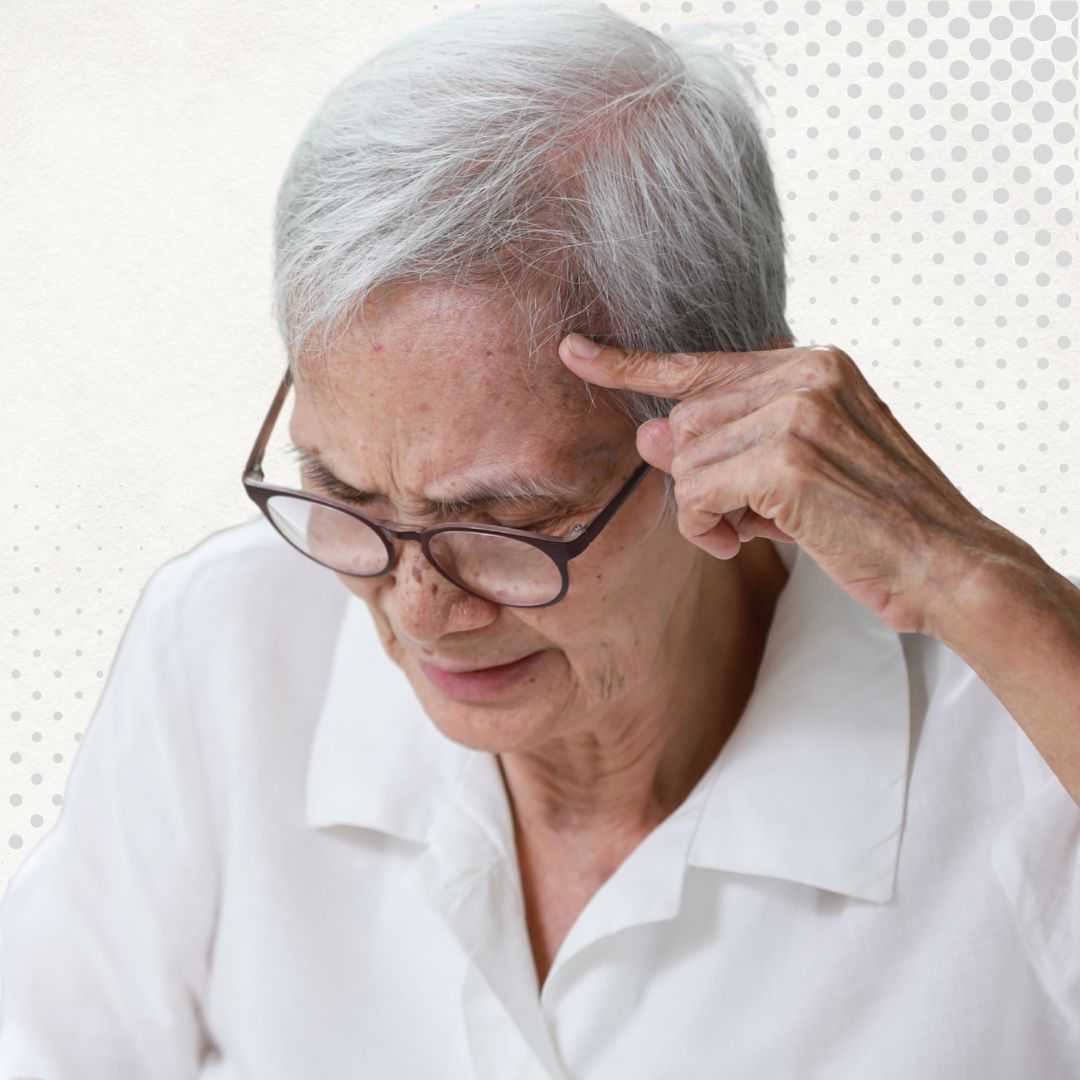
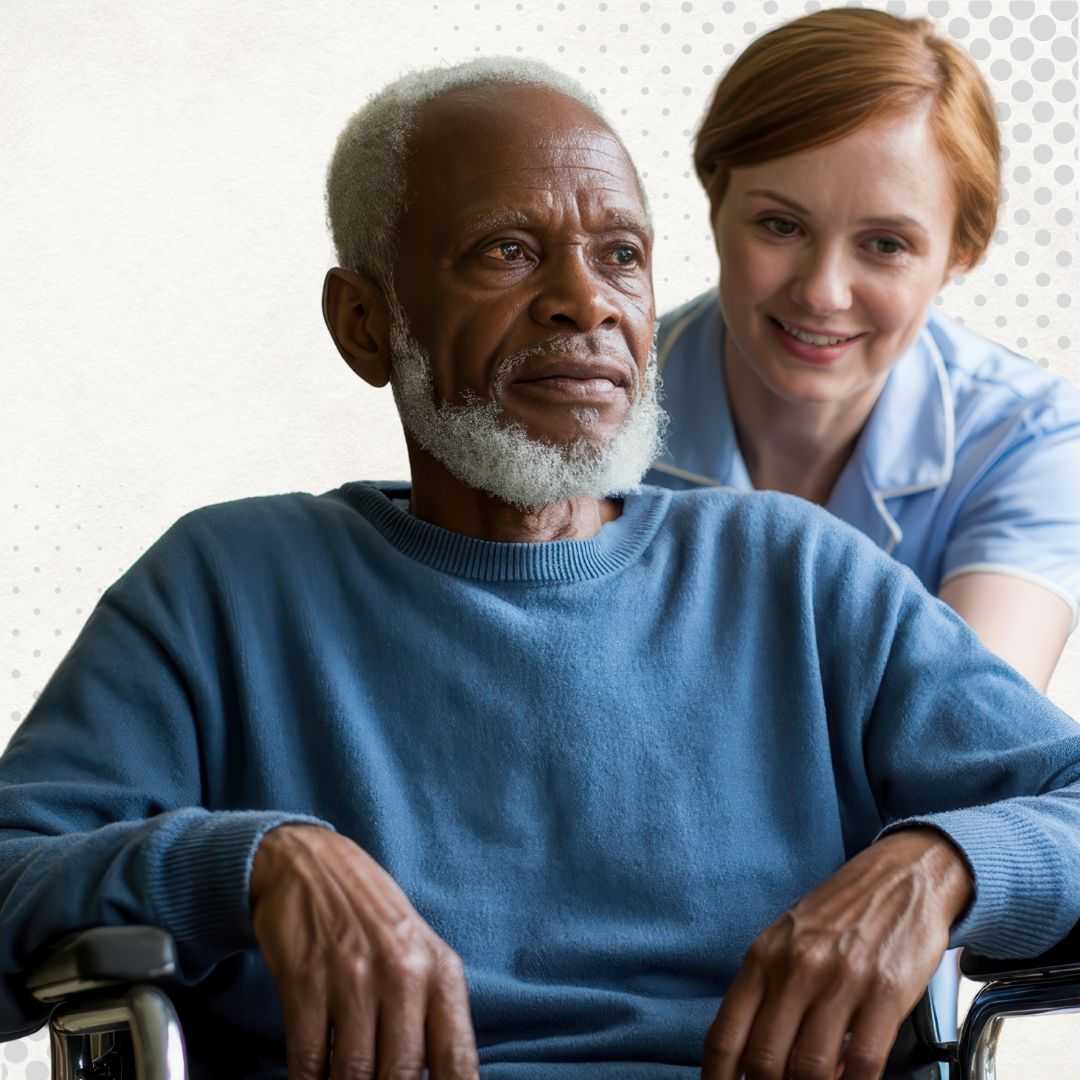
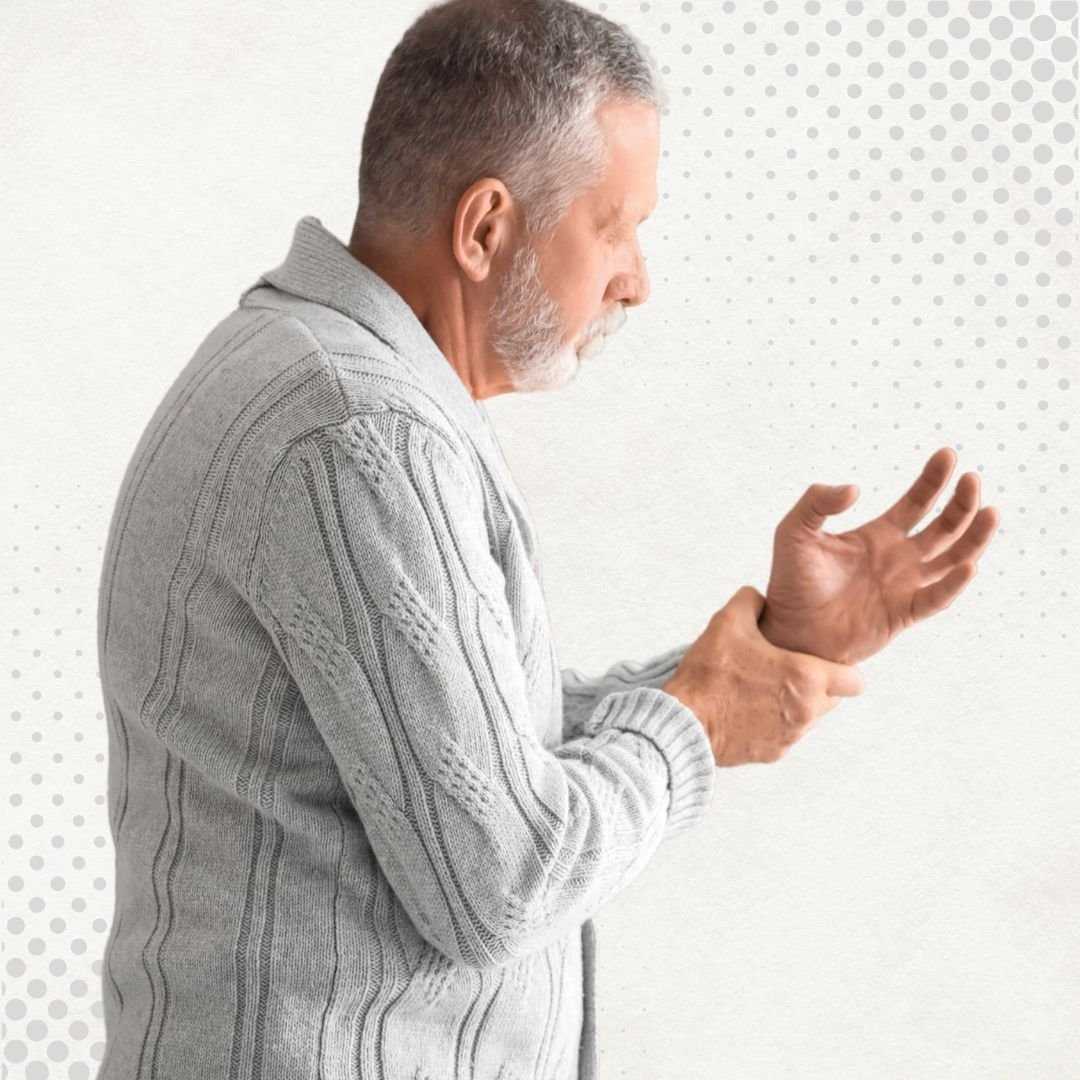
.png)
.png)
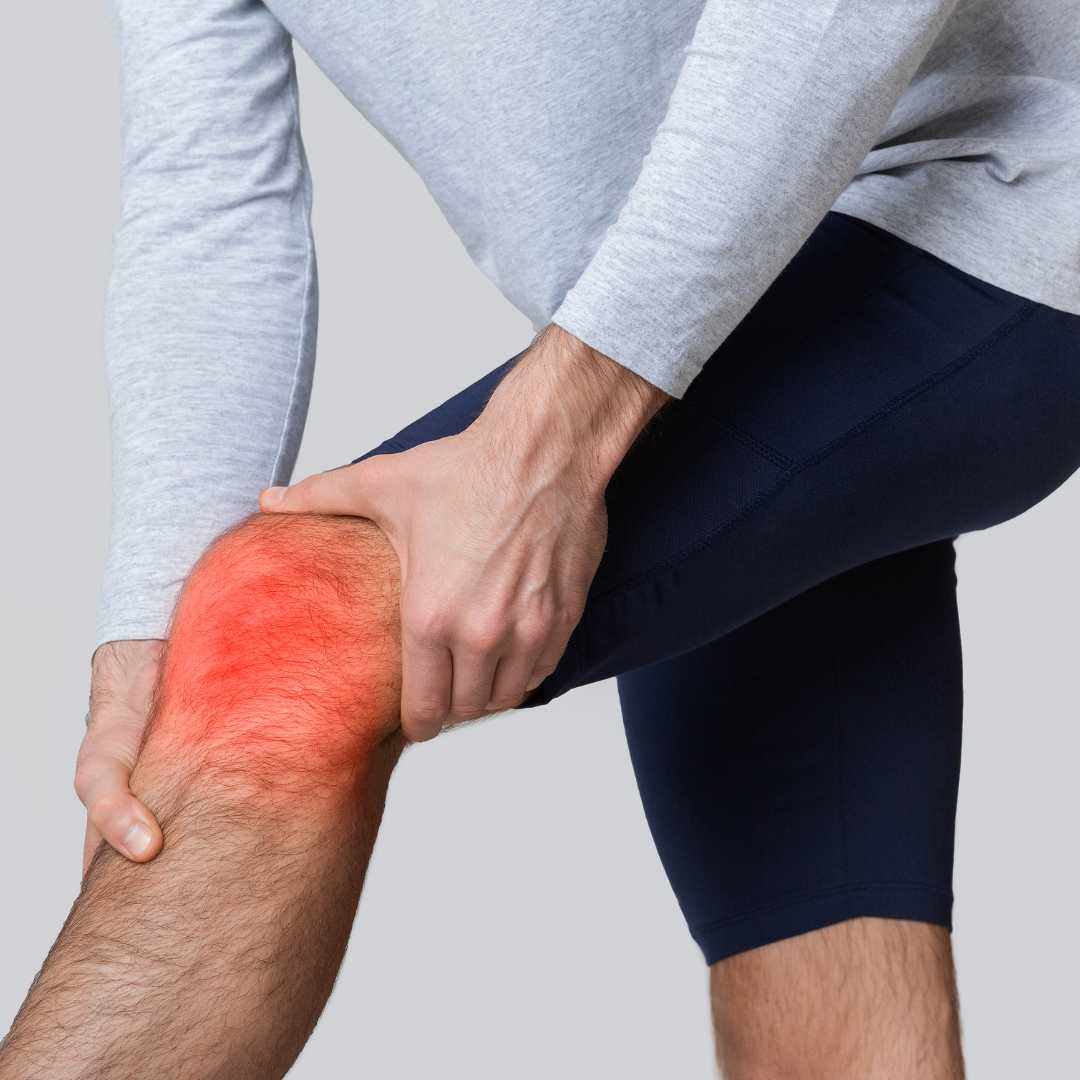

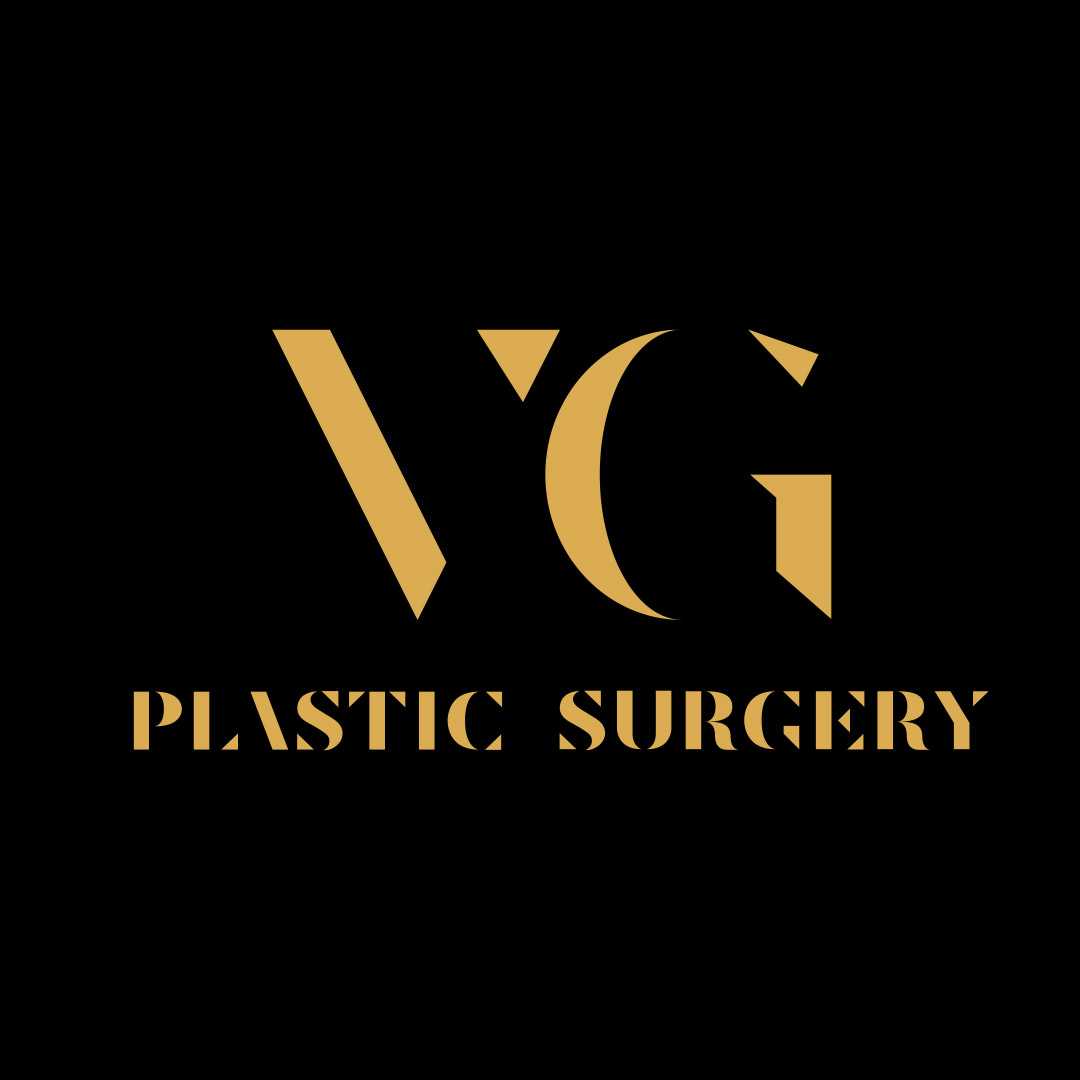

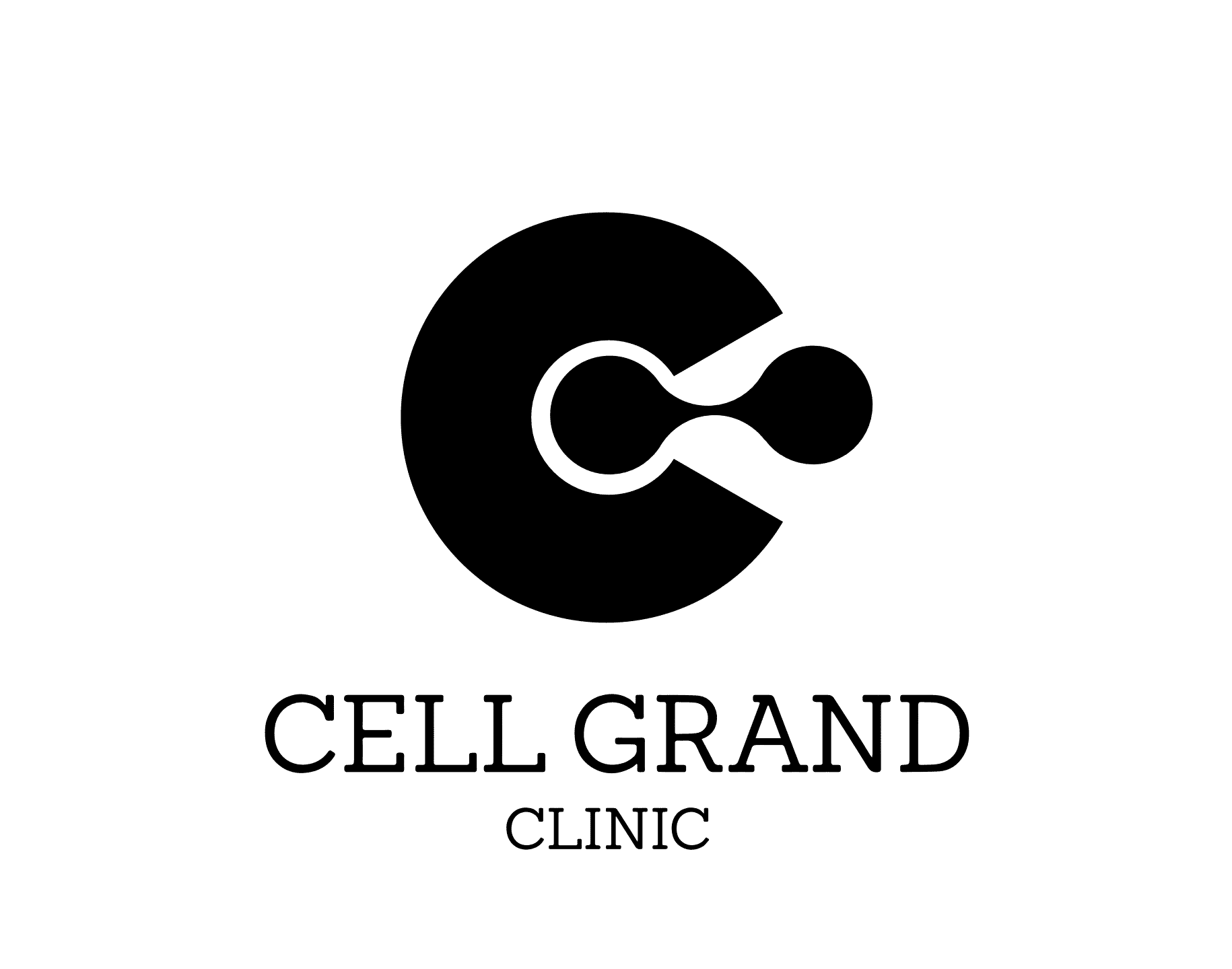
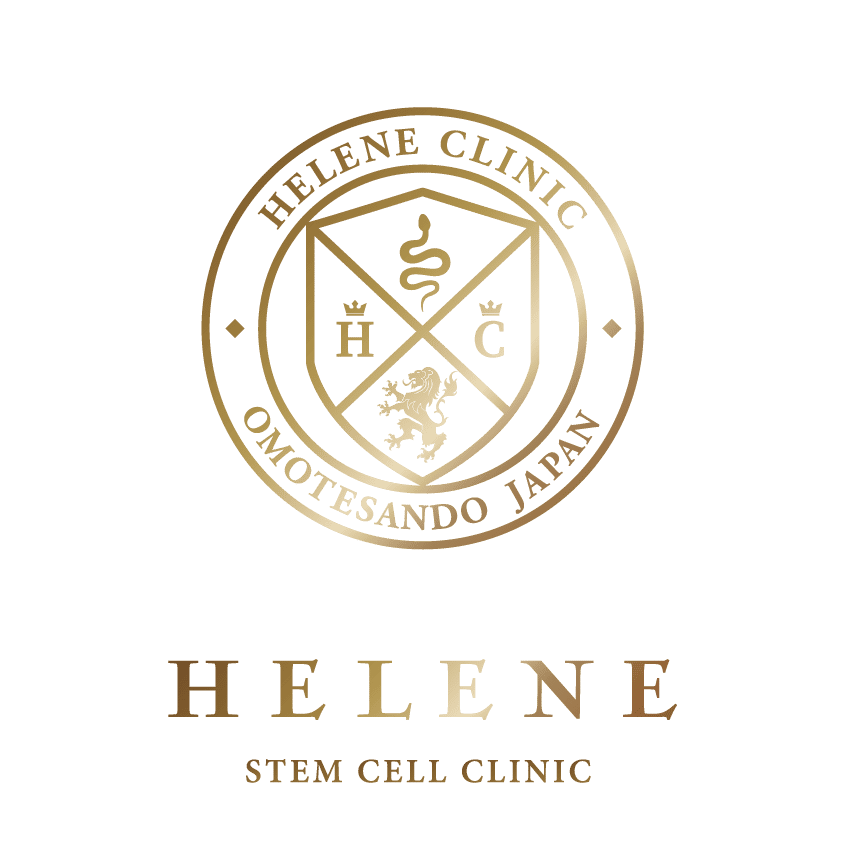

Share this listing